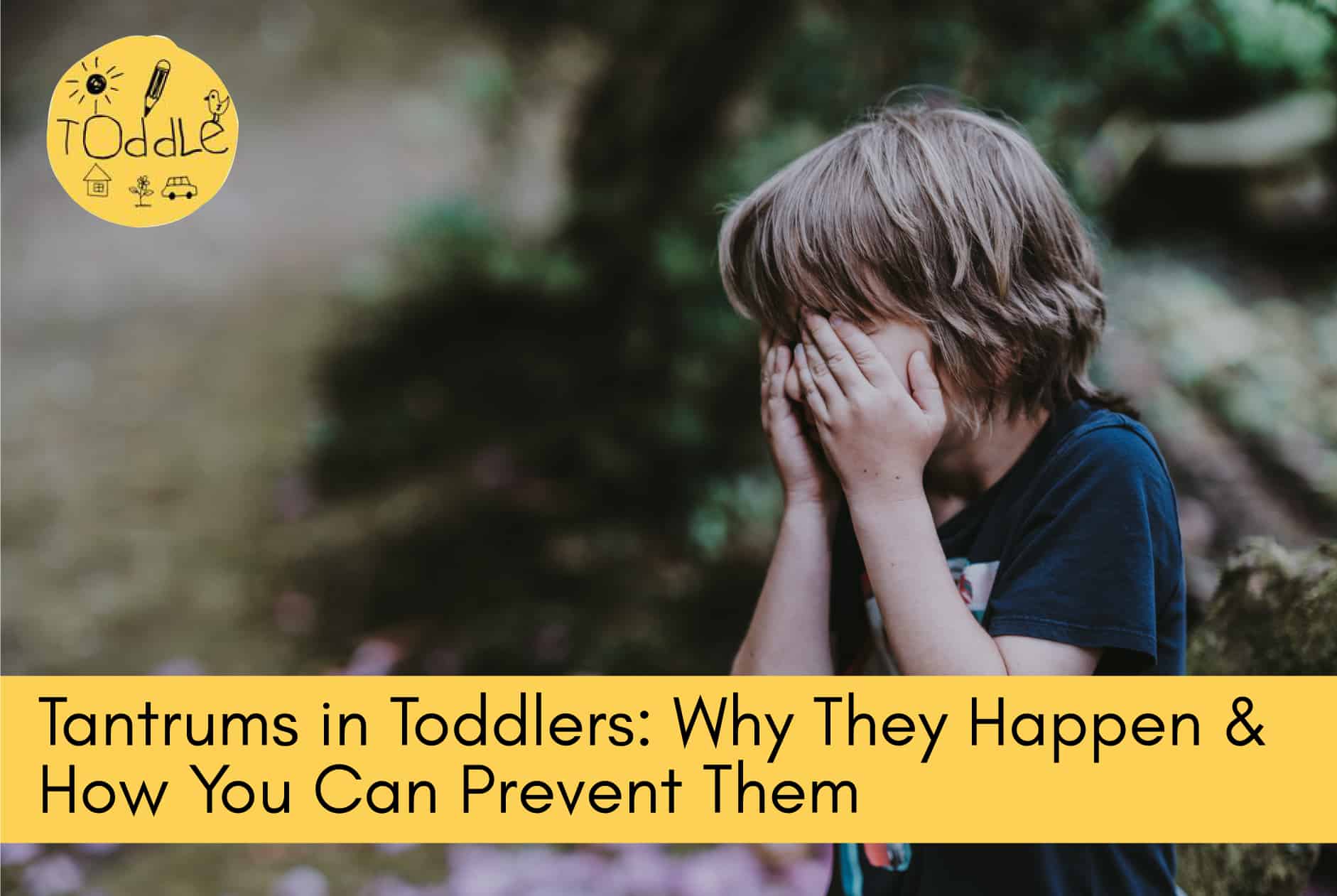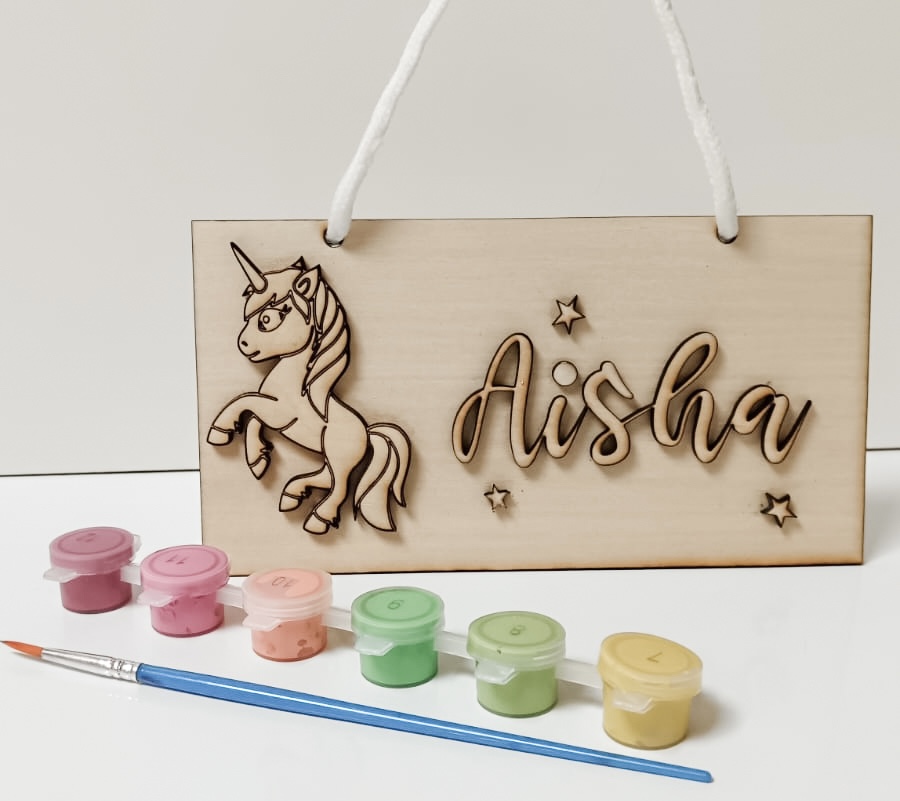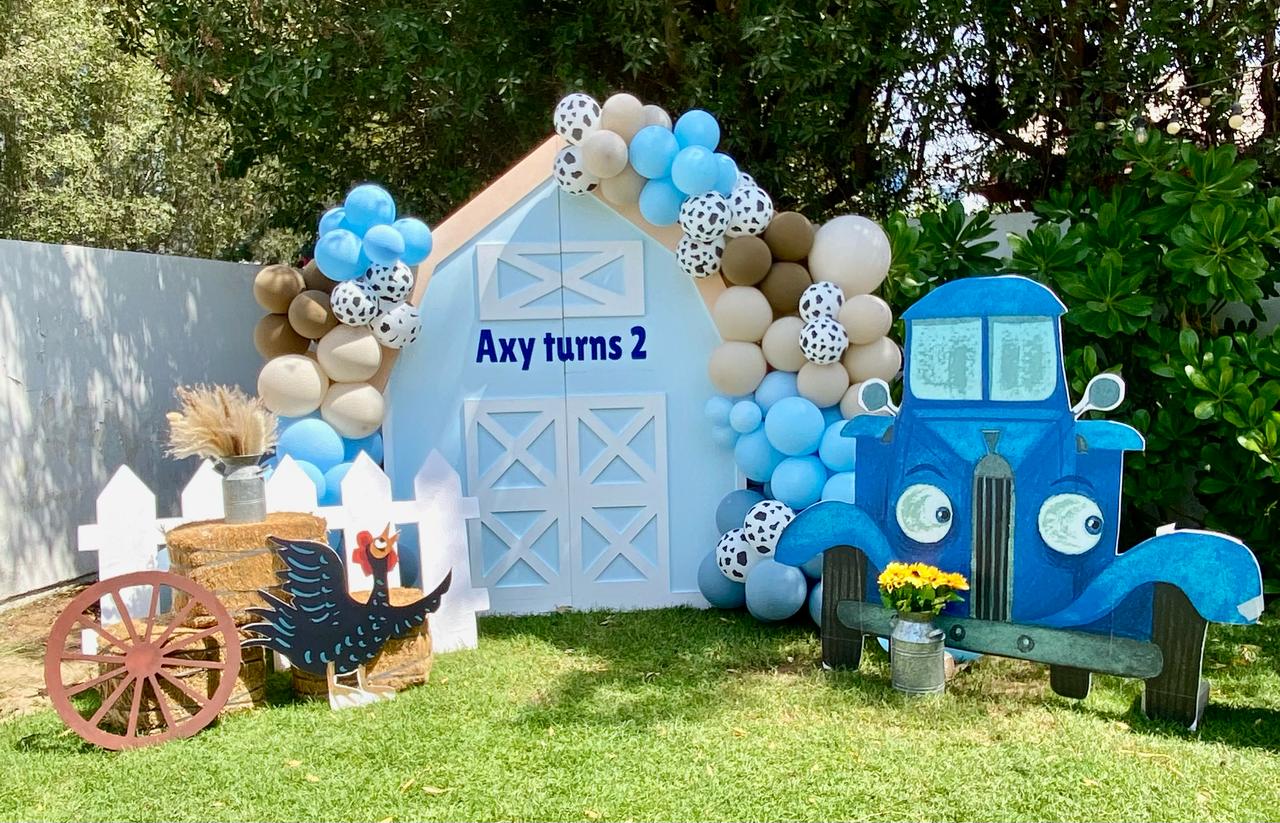No products in the cart.
Return To ShopExploring Tantrums in Toddlers: Why They Happen & The Best Ways To Prevent Them
An all too familiar site across malls and supermarkets in the UAE (or world over for that matter!) is Toddlers whining, wriggling and sinking to the floor as embarrassed parents try everything from negotiating to threatening them.
If you closely watch these observations at play, you will notice that most parents capitulate eventually and either begin pleading or drag them along in a bid to try and avoid the scene.
Tantrums have become an accepted part of our day to day lives and adults carry on believing that it is an inevitable aspect of growing up.
But is it?
In this article dealing with a child’s emotional development, we explore Tantrums in Toddlers, why they happen and how children can do as parents to help our toddlers outgrow them.
What is a Tantrum?
A Tantrum is any temper outburst, loud and vocal or disruptive behaviour such as throwing a toy on the floor, screaming or sometimes even hitting. Tantrums in Toddlers are a universal phenomenon more frequently found between children who are aged 2-4 years old.
Why do Toddlers throw tantrums?
Many times, a Tantrum is not just about a child being naughty, nor is it simply an expression of anger. Tantrums are a form of communication by toddlers who don’t have many other means to voice their needs. While every child is different and every tantrum is different, there are several basic reasons why toddler temper tantrums happen.
Frustration
The most common reason toddlers throw Tantrums is due to Frustration. Tantrums often occur when children reach an impasse in their thinking process and simply do not know what to do next. Often times you may see that a child has tried or done something, but it has not produced the result they were looking for. At this point they may throw a Tantrum as a way of communicating that things have not gone their way and further action is required to resolve the situation.
Lack of control
When you’re a toddler, most things aren’t up to you. Tantrums often occur when children are faced with frustrating situations that they cannot control. For example, a child may throw a Tantrum if a parent does not let the child do what they want to do. Tantrums may also occur when a child wants to do something but is unable to.
Disappointment
We all like to win. Tantrums can be caused in competitive situations, like games and sports where the outcome of the game is not going in the Toddlers favour. Other disappointing situations which may trigger can be caused if a child was expecting their sibling to join in on a game but the sibling did not join leaving your toddler feeling let down.
Exhaustion, hunger or discomfort
Tantrums may be due to a child feeling tired, hungry or needing to use the bathroom. Tantrums are also common when children are over-tired or bored and not stimulated enough. They may also be linked to hunger because blood sugar levels can drop if you’re hungry.
How to deal with Tantrums?
You have limited options when someone is yelling in your face and screaming in a public place. And walking away isn’t an option if you’re at the grocery store and that someone is your child. Here are some practical tips for how to handle toddler tantrums.
Be direct but calm. Tantrums are a way for kids to communicate when they don’t know any other way to express themselves and they need you to listen. Even though they’re saying it in the world’s most obnoxious way, what they want is important to them.
Give choices. Since control has a lot to do with temper tantrums, give your child some choices to a few things like choosing their bedtime story or picking the colour of their favourite sippy cup. This will help make them feel like they are in control and part of the decision making process.
Distract. If your child is having a meltdown at the toy store, try to direct their attention to something else. You might let them look at a really interesting book, or if they are in the middle of an epic meltdown because they can’t have a certain toy, ask if you can take them to the pet store to see the fish tank instead.
Set a routine. Tantrums happen when kids are tired or hungry, so they’re a sign something is off with their routines. Give your child a comfortable bedtime routine and healthy eating schedule to help prevent tantrums.
How to prevent Tantrums?
Make sure your kids get enough sleep. Tantrums happen when kids are tired or hungry, so they’re a sign something is off with their routines. Give your child a regular bedtime routine to help prevent tantrums.
Healthy food. If your finding that your child has Tantrums often. Try to read their body language and give them a non-sugary snack when they’re hungry or tired. Tantrums happen for many reasons, but most often it’s because your kids are tired, hungry or bored.
Summary
Tantrums in toddlers can be scary (and embarrassing) for parents because they usually involve screaming, crying, kicking and the general loss of control. Remember that your child is not trying to make your life hard, but is at a stage of emotional development where it is difficult for them to regulate their emotions. Tantrums are your child’s way of trying to tell you that they need something, but unfortunately they’re not able to do so in a calm or clear manner.
So, don’t take it personally, even if your child is having a tantrum in a public setting. While it may feel like every eyeball is on you, remember that other parents have gone through the same scenario and are empathetic to your plight.






